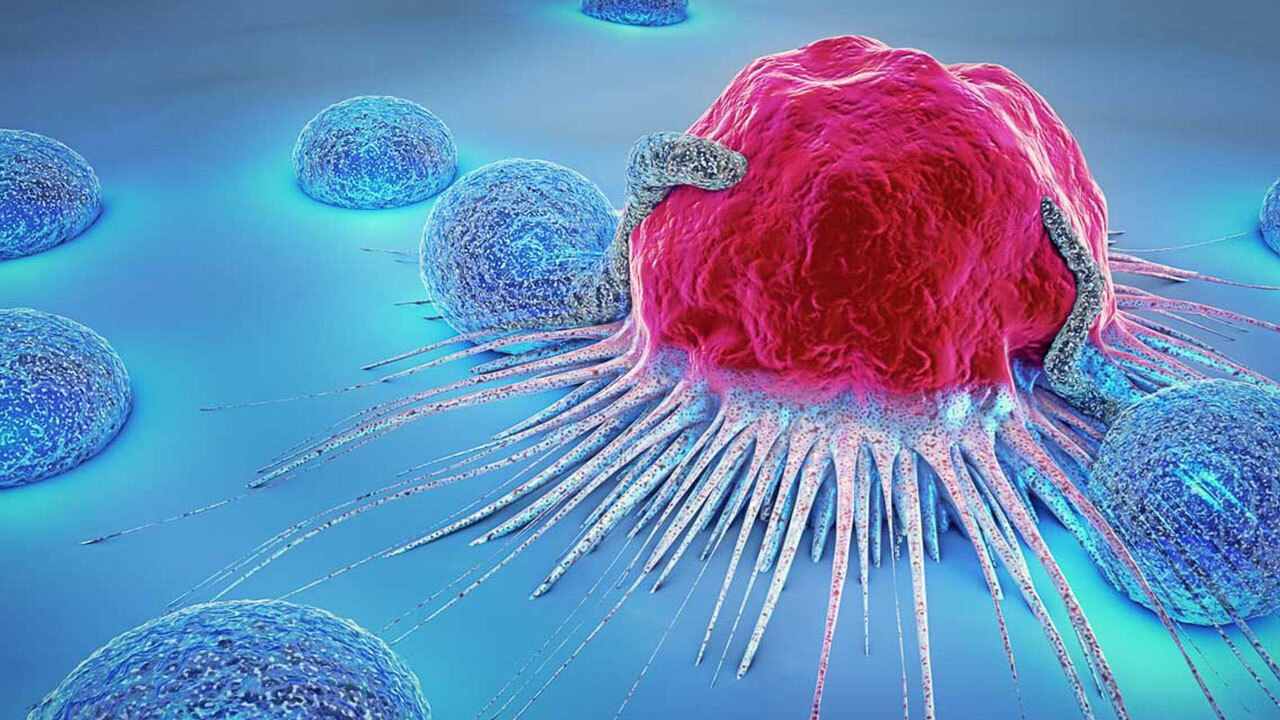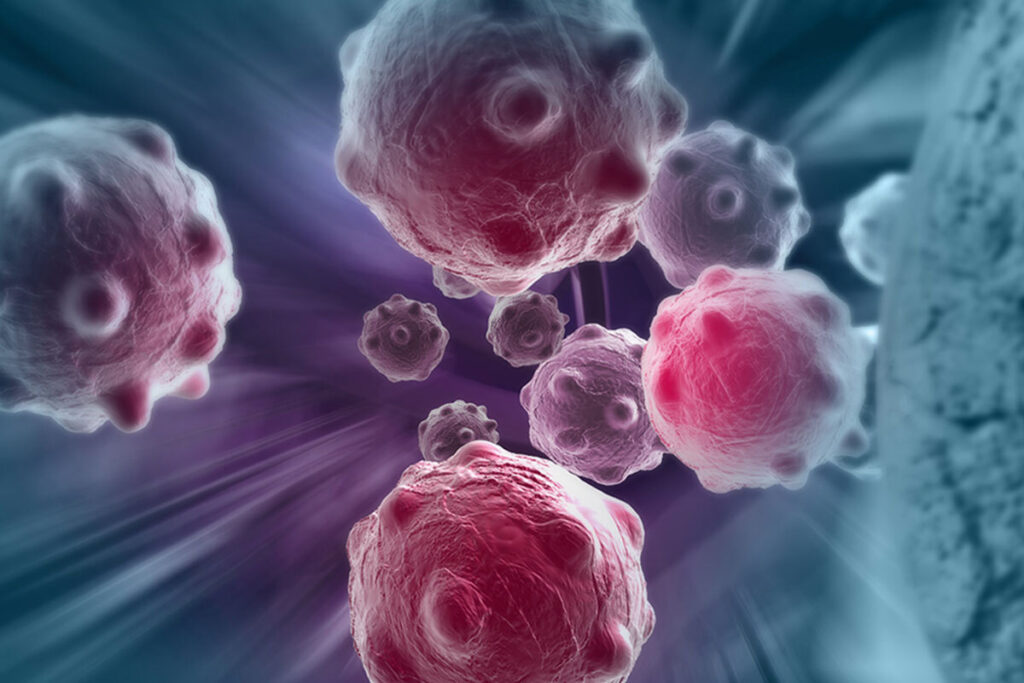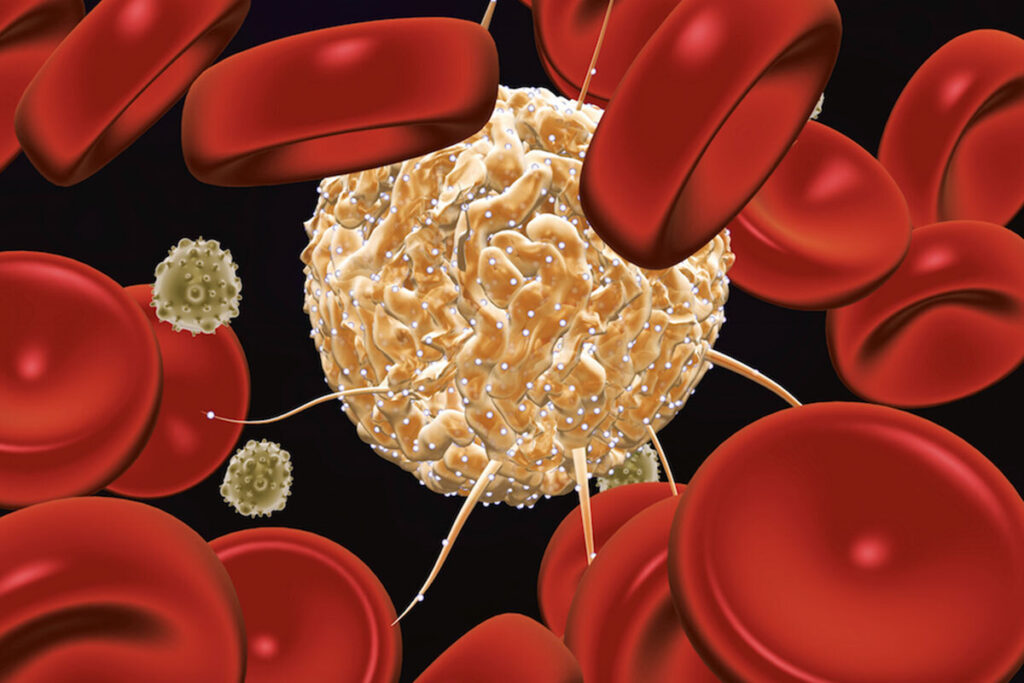
- Cardiology
-
by Lif3x
Cancer is one of the deadliest conditions ever; which results in millions of deaths globally. But what if we told you that all hope is not lost, and we could finally have a cure for cancer? Unbelievable right, well hear us out.
Stem Cell Pioneer Gives us a Glimmer of Hope
Scientists have tried for many years to understand how cancer cells are formed. They have made very rapid advancements in gaining knowledge of cancer biology, which has helped identify different treatment options like chemotherapy and radiotherapy. These current treatment options are still largely insufficient in providing a cure for cancer. They lack specificity and have many side effects that patients suffer when undergoing cancer treatment. This has led to reduced efficacy, resistance to treatment and cancer relapses.
Stem cells are unique cells with an almost magical ability in the body. In the search for a cure for cancer, the use of stem cells has been discussed for many years. Discoveries have been made over the last few decades about the biology of stem cells and how we can use them to cure cancer patients. Stem cell therapy provides hope in the fight against cancer. It has enhanced efficacy by targeting cancer cells better than traditional treatment methods.
How can stem cells cure cancer?
Aggressive cancers like leukemia, lymphoma, or myeloma may require a patient to receive an infusion of hematopoietic stem cells. These cells then replace damaged cells by giving rise to another set of specialized blood cells after a previous dose of chemotherapy or radiotherapy. This hematopoietic stem cell transplantation is also gaining approval for treating other cancers such as breast cancers, soft tissue sarcomas, neuroblastoma, and brain tumors.
Mesenchymal stem cells are currently used to ensure better outcomes following aggressive cancer treatment using high-dose therapy. Stem cells are also being used as therapeutic carriers in the treatment of cancers to protect the agents used from being degraded in the body rapidly. They also help reduce the side effects you may experience, increase the levels of therapeutic agents circulating in the body, and improve the chances of a cure.

So, Where are the stem cells from?
- Pluripotent stem cells: These are embryonic mass cells. Undifferentiated embryonic mass cells can form every type of cell in the body. However, it is not a common cancer treatment option due to ethical restrictions.
- Adult stem cells: Comprise hematopoietic stem cells from blood or bone marrow, mesenchymal stem cells from tissues, and neural stem cells. Stem cells from your bone marrow can form every type of mature blood cell in the body. The FDA approved the infusion of hematopoietic stem cells from cord blood to treat multiple myeloma, leukemia, and other blood cancers. Mesenchymal stem cells are gotten from organs in the body and play a vital role in tissue repair and regeneration. These stem cells divide fast to form special cells of the body that form bone, fat and cartilage and have been known to help deliver treatment for different cancers. Neural stem cells are in the central nervous system and have been tested in treating primary or metastatic cancers of the breast, prostate, and lungs.
What are the different means of getting these stem cells?
- Autologous: The stem cells are collected directly from your blood or sometimes from your bone marrow and transplanted to replace those body cells that have been destroyed by cancer or chemotherapy.
- Allogenic: The stem cells may also be collected from another person, who is most often related to you by blood. At other times, the person may have no direct relationship with you.
- Syngeneic: Your identical twin can also be the donor from which you get the stem cells to be used for your transplantation.
The collected stem cells must first be tested to ensure that it matches your own cells to reduce the chances of side effects from the transplantation.

How long would it take for stem cell transplantation to cure your cancer?
This depends on the type of cancer and the tumor’s location in your body. The process may take months to years and often begins with the use of chemotherapy or radiation.
The stem cells are given to you through an intravenous catheter, similar to a blood transfusion. It may take 2 – 6 hours to completely receive all the stem cells. After this, you get to recover for a few days, when you wait for your body to form new cells while your immune system recovers. Allogeneic stem cell transplantation may take up to two years to complete.
Side effects of stem cell transplantation
- Infection and Bleeding: You may experience some bleeding from the site where the sample to be tested for stem cell transplantation is taken. The risk of getting an infection also increases with stem cell therapy in cancer treatment. These side effects would be explained to you by your doctor, and measures would be put in place to take care of you if you begin to show symptoms of sickness.
- Tumorigenesis: Special care and close monitoring are employed in stem cell therapy to treat rapidly growing tumors. This is to ensure that there is no risk of the stem cells leading to an increase in the growth of tumor cells.
- Graft versus host disease: This is also a major challenge in using stem cells collected from a donor to treat cancer. The blood cells from the donor may begin to attack the body’s healthy cells after a few weeks or months of successfully killing the tumor cells. Your doctor can manage this by using drugs to help suppress your immune system.


